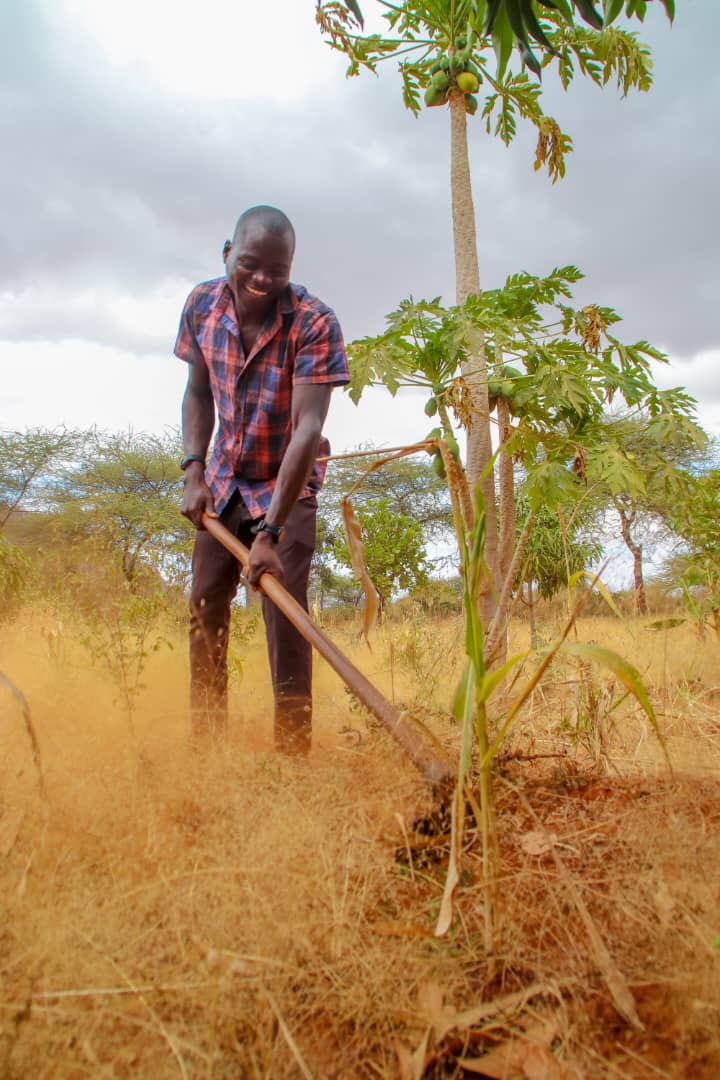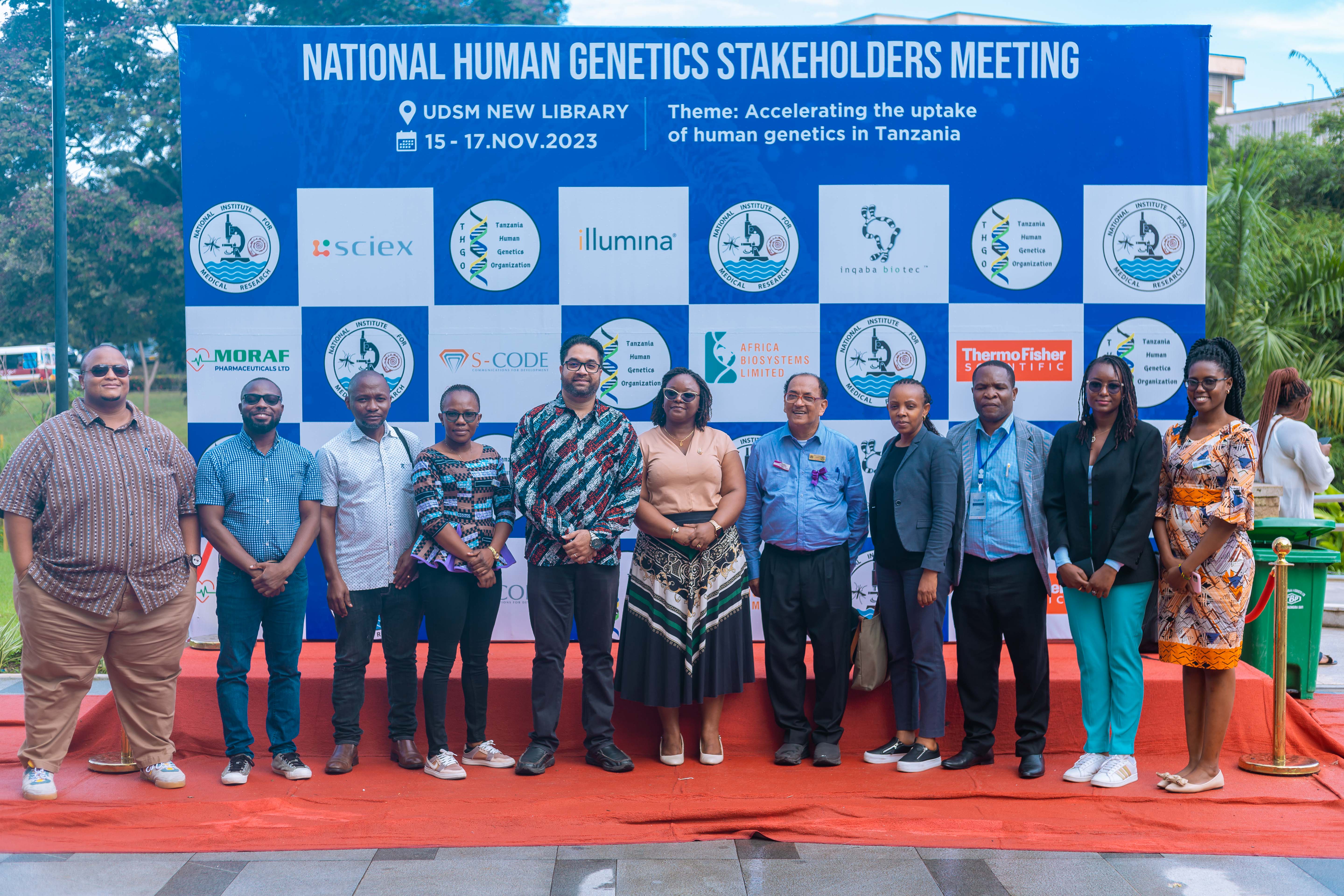Researchers in Tanzania have provided new evidence showing that the presence of trees within crop farms, an agricultural practice known as agroforestry, serves as a strong natural protection against health risks caused by extreme heat, a growing threat due to climate change.
The findings, drawn from ongoing studies among farmers in the Kongwa district, Dodoma region, indicate that trees not only cool farm environments but also reduce the occurrence of heat-related illnesses among rural farmers.
The study, known as KISHADE (Kisiki Hai Sustainable Heat Adaptation Development), is led by LEAD Foundation in collaboration with the London School of Hygiene and Tropical Medicine, the University of Dodoma (UDOM), the University of Dar es Salaam (UDSM), Muhimbili National Hospital (MNH), and Meta, with funding from the Wellcome Trust.
Dr. Faraja Chiwanga, an Internal Medicine Specialist and Project Lead from LEAD Foundation, explained that the goal of the study is to understand whether cultivating crops alongside trees can improve farmers’ health by altering their immediate working environment.
“Our aim is to determine if intercropping trees with crops can make a difference to farmers’ health by improving their microclimate,” she said.
She made these remarks during the KISHADE Forum, held on October 3 during the 12th Tanzania Health Summit in Dar es Salaam. Dr. Chiwanga emphasized that many farmers are increasingly suffering from heat-related illnesses such as dehydration, high blood pressure, kidney and vascular complications, conditions made worse by the lack of shade and infrastructure to reduce heat in farms.
“These risks have intensified as temperatures continue to rise, and indigenous trees could be a simple yet effective solution to protect farmers’ health,” she added.
Research findings suggest that agroforestry significantly improves both health and working conditions for millions of Tanzanian farmers, a sector that employs more than 70 percent of the country’s workforce.
In this study, wearable sensors were used to monitor farmers’ body temperature and heart rate in real time, alongside collecting blood and urine samples to measure physiological responses to extreme heat.
By comparing farmers working in tree-covered fields and those in open fields, researchers have begun to scientifically confirm that trees reduce worksite temperatures, thereby protecting farmers from heat-related health issues.
“Farmers are the backbone of the national economy, yet they remain unprotected from the rising heat. We want scientific evidence to drive solutions,” said Dr. Chiwanga.
According to LEAD Foundation, more than 30 million trees have been planted by farmers under the Kisiki Hai program, helping to reduce local temperatures and strengthen agricultural resilience.
Henry Mubi, a farmer from Kongwa, Dodoma who participated in the study, shared his experience of heat stress.
“Extreme heat shortens our working hours and causes health issues like headaches, fever and dehydration. But thanks to Kisiki Hai, we have learned to preserve indigenous trees at no cost. These trees are the savior of our crops and livestock,” he said.
Dr. Richard Sambaiga, Head of the Department of Sociology and Anthropology at the University of Dar es Salaam and KISHADE Project Coordinator, noted that the study has been successful in engaging local communities directly.
“We received strong cooperation from communities, which made it possible to collect reliable data. Farmers have shown great enthusiasm in using wearable sensor technology,” said Dr. Sambaiga.
He further emphasized that the project aims to build local research capacity by training a new generation of Tanzanian scientists, ensuring the sustainability of the work beyond the project’s duration.
A meteorologist from the Tanzania Meteorological Authority (TMA), Dr. Alfred Kondowe, noted that they have continued to issue weather updates to help citizens prepare for climate variations, especially humidity and temperature changes.
“From November to April is usually the hottest period of the year, affecting people’s productivity and damaging crops,” Kondowe said.
He urged farmers to use weather information to plan their agricultural activities such as planting, harvesting, and managing drought periods more effectively in the face of climate change.








